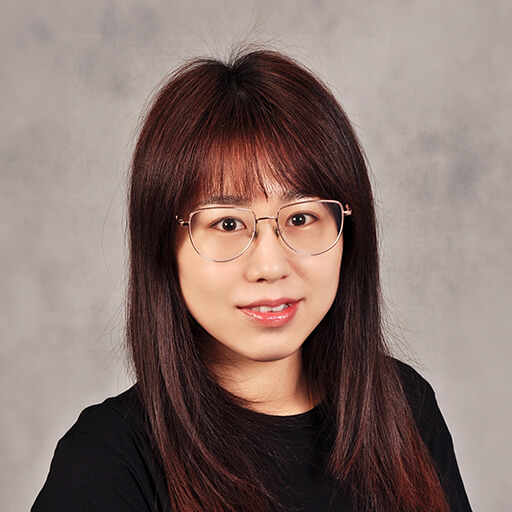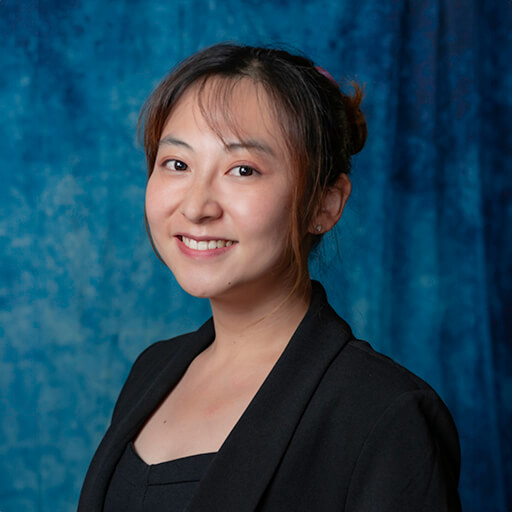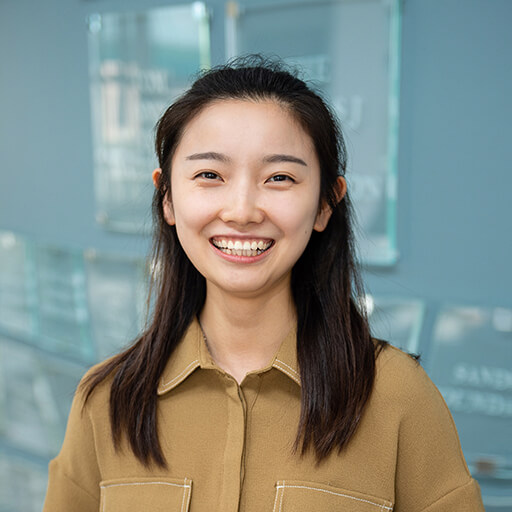Activity of Aqueous Humour and Its Components on In Vitro Fibroblast Behavior
About the Research Project
Program
Award Type
Standard
Award Amount
$26,430
Active Dates
April 01, 1995 - March 31, 1998
Grant ID
G1995416
Summary
Glaucoma, in which there is loss of peripheral vision associated with elevation of intraocular pressure, is the second most common cause of blindness worldwide, after cataract. Trabeculectomy is a surgical procedure used in the management of patients with glaucoma, to lower the intraocular pressure: a fistula, akin to a valve, is created between the inside and the outside of the eye, guarded by a layer of tissue. This fistula represents compromised wound healing, permitting sufficient outflow without compromising the barrier function of the eye wall. Completion of the wound healing process leads to closure of the valve and re-elevation of the pressure. Insufficient healing results in excessive drainage and complications which include loss of vision due to swelling of the retina and severe infection. Worldwide, the trabeculectomy procedure is important: in developed countries it is used where treatment with medication has failed. But in the underdeveloped world, where life-long medication is expensive, where the availability of medication is erratic and where compliance is poor, surgical treatment is often the only practical form of therapy. The chief cell involved in healing at this site is the fibroblast, which resides principally in a tissue layer named Tenon’s capsule. The activity of the fibroblast is influenced by the normal cellular and non-cellular factors which are present following surgical trauma, and also by the aqueous humour fluid which flows through the valve. Fibroblasts migrate into the surgical site, proliferate and help to fashion the scar tissue which is formed.
Glaucoma, the second most important cause of blindness worldwide surgical treatment often the only option surgical treatment (trabeculectomy) fails in a significant number of patients safe inhibitors of healing need to be developed aqueous humour contains factors which promote scar tissue formation. Wound healing causes failure of surgery in about 20% of cases, and, in high risk eyes, in about 5O%. Cytotoxic agents such as 5-fluorouracil can increase the chances of prolonged surgical success, by inhibiting the actions of the fibroblast. However these agents are toxic to the eye, and their longtenn effects are as yet unknown. Hence further understanding of the process of wound healing at this site, and the factors which modify fibroblast activity, arc likely to contribute to the development of more specific mediators of function. Aqueous humour, which passes through the fistula and thereby bathes the healing wound, has attraction-like properties for fibroblasts. It contains growth factors and glycoproteins which influence fibroblast behaviour. This accounts for the laboratory finding that aqueous humour taken from eyes previously operated upon stimulates fibroblast movement. Clinical studies have shown that previous intraocular surgery is one of several risk factors for surgical failure of trabeculectomy. Other factors include any process which alters the composition of aqueous humour and which alters the state of activity of the fibroblast. Growth factors such as transforming growth factor-beta, which are known to be important modulators of wound healing at other sites, are present at the drainage site and are known to modify fibroblast function here. This study will use human Tenon’s capsule fibroblasts, cultured in the laboratory and used in well-recognised models of the healing process. The fibroblast functions of proliferation, migration and contraction will be studied by a variety of techniques. Contraction assays will be the chief technique. In this method, cells are seeded within a threedimensional lattice made of collagen, which is the chief non-cellular component of scar tissue. Objectives to use laboratory models of wound healing to study healing following glaucoma drainage surgery to study the effects of bovine and human aqueous humour on the contraction of collagen matrices seeded with Tenon’s capsule fibroblasts to identify those components of aqueous humour of major importance in modulating Tenon’s capsule fibroblast function, by assays of proliferation, migration and collagen gel contraction This project will explore the role that aqueous humour has in the healing process. Cells will be exposed to human and bovine aqueous humour. Human aqueous humour is available in relatively small quantities, and is likely to be very different between individuals. Bovine aqueous, on the other hand, is more readily available, is similar to human aqueous and can therefore be used for initial experiments, whilst the role of aqueous humour is explored. Later, human aqueous humour, obtained, with Ethical Committee approval, from patients undergoing surgery, will be used. In order to clarify the effect of aqueous in our various laboratory models of wound healing, we shall neutralise in turn the factors known to be present in aqueous and thought to be important in stimulating healing. Neutralisation will be by way of specific antibodies, which block factor activity. In the long-term, we hope that the results of this project will further our understanding of the mechanism of wound healing at the trabeculectomy site. Understanding will lead to novel developments in the field of modulation of healing which will be applicable worldwide. Long-term importance of study increased understanding of unique wound healing process identification of factors of major importance in ocular wound healing development of novel approaches to wound healing modulation. The laboratory in which this work will be performed has the experience, expertise, equipment and facilities necessary for completion. The principal investigator will perform the work under the supervision of the senior investigator, an international expert. The project will become the body of a thesis to be submitted for a doctorate. The salary of the principal investigator is paid by the University of Liverpool. Tenure is open-ended. Funding for the consumables involved in the work is required, particularly after pump-priming funds from the host university are no longer available, in March 1995.
Grants
Related Grants
National Glaucoma Research
The Role of Microtubules in Glaucomatous Schlemm’s Canal Mechanobiology
Active Dates
July 01, 2024 - June 30, 2026

Principal Investigator
Haiyan Li, PhD
Current Organization
Georgia Institute of Technology
National Glaucoma Research
Pressure-Induced Axon Damage and Its Link to Glaucoma-Related Vision Loss
Active Dates
July 01, 2024 - June 30, 2026

Principal Investigator
Bingrui Wang, PhD
Current Organization
University of Pittsburgh
National Glaucoma Research
Why Certain Retina Ganglion Cells Stay Strong in Glaucoma
Active Dates
July 01, 2024 - June 30, 2026

Principal Investigator
Mengya Zhao, PhD
Current Organization
University of California, San Francisco



